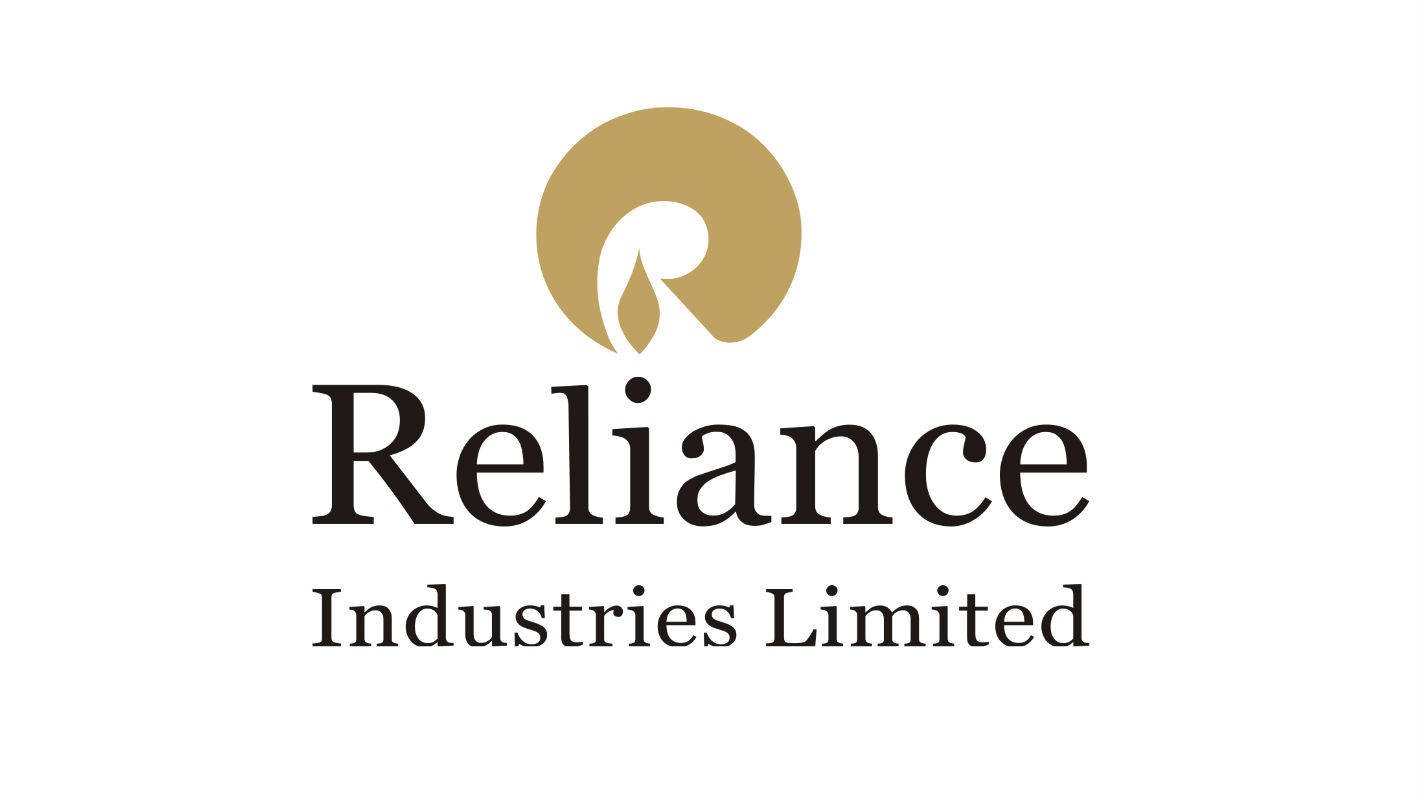Reliance Industries Ltd (RIL) — the largest Indian company by all three parameters — revenue, profit and market capitalisation — emerges as the top contender to reach the $1 trillion mark in market capitalisation.
According to historical data analysed by CNBC-TV18, the revenue of RIL has grown at a compounded rate of 8.3% over the last ten years, and the same has expanded by 15.9% between FY04-23.
If the company can maintain its growth trajectory at a minimum of 12% for the next 15 years, it would have a top-line of about ₹50 lakh crore. Further, the market capitalisation of the company has been about 2-3 times its revenue over the last three years.
Addressing employees on Reliance Family Day in December, Mukesh Ambani, Chairman of the company expressed his confidence of becoming one of the top 10 conglomerates in the world.
“As India races ahead to become the world’s third-largest economy, an unprecedented opportunity awaits Reliance. Reliance can…and Reliance will…grow to be among the top 10 business conglomerates of the world,” he said. Reliance Family Day is the birthday of group founder Dhirubhai Ambani.
Globally, there are only seven companies that boast a trillion-dollar market capitalisation. The list features Microsoft, Apple, Saudi Aramco, Nvidia, Google, Amazon, and Meta.
With close to a $250 billion market capitalisation, Reliance Industries has bettered its rank in the global league table in the last four years. Its position has leapfrogged from 82nd rank to the current position of 48 during the same period.
Additionally, at ₹66,702 crore, Reliance Industries single-handedly accounts for 6% of NSE500 net profit in FY23, and the company also contributed a similar percentage to the aggregate revenue of the broader index.
Further, over the last three years, the market capitalisation of the company has been in the range of 6%-7% of the country’s gross domestic product (GDP).
At a time when economists across the globe are more optimistic about India’s growth story, the largest company in the country will always have an upper hand.
Recently, Goldman Research said, emerging economies, and powerhouses in Asia in particular, are expected to keep catching up to richer countries. Goldman Sachs expects India’s GDP to rise from $2.8 trillion in 2020 to $6.6 trillion in 2030 and further to hit $13.2 trillion in 2040.
However, there’s a caveat here as well. The deprecation of rupee beyond the 92 level or spinoff of its existing verticals into another company may change the equation and alter the timeline.




